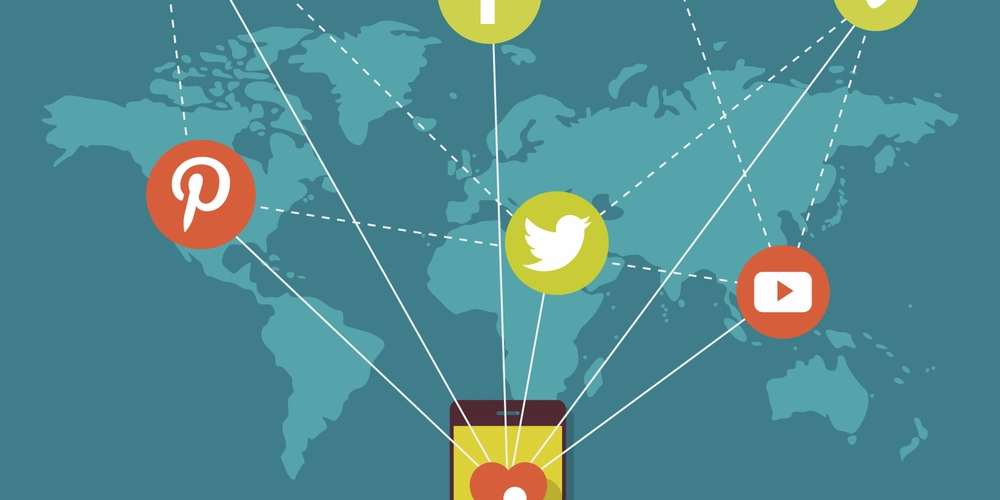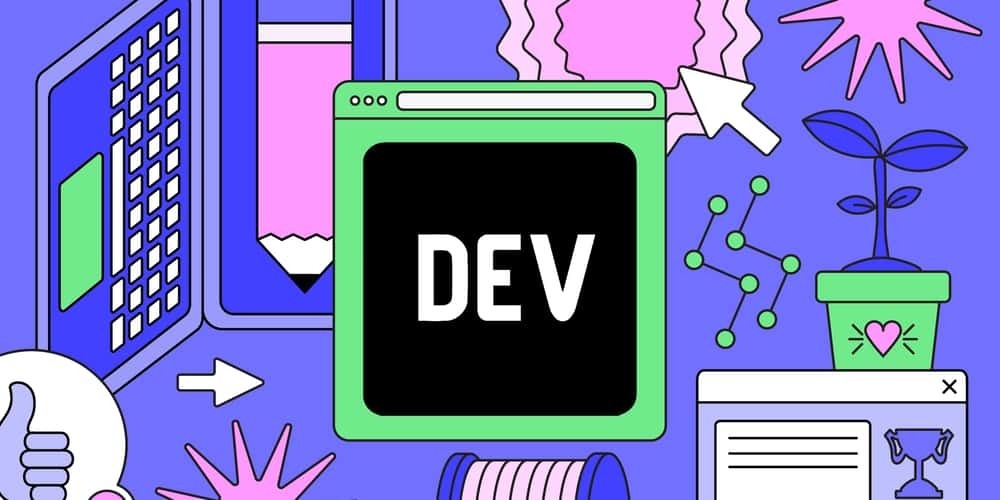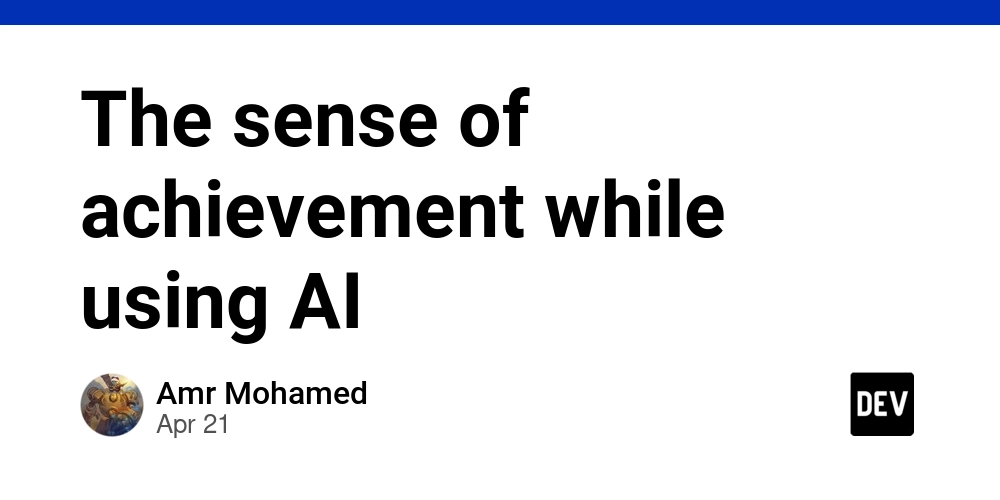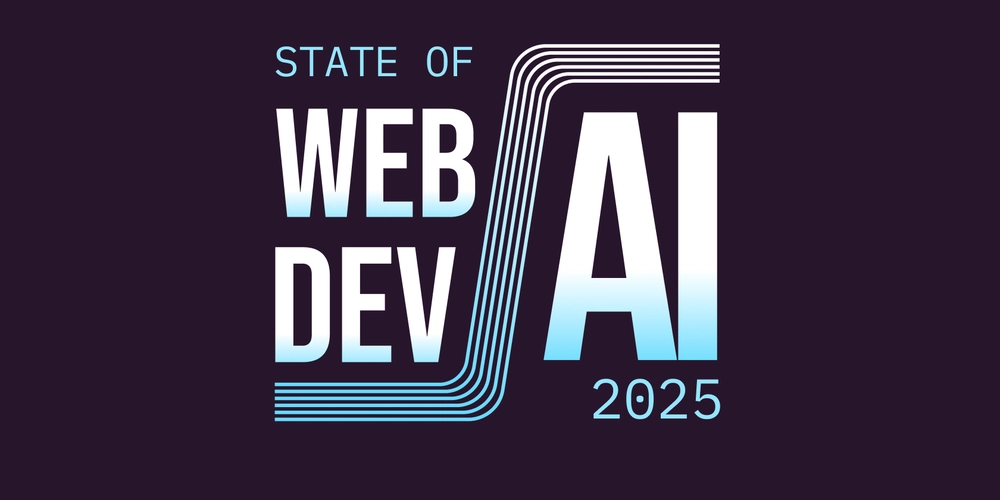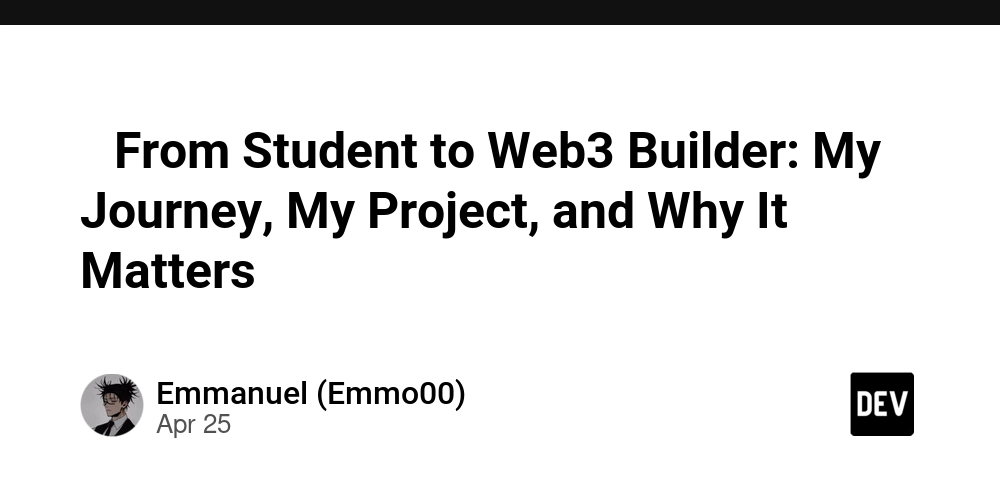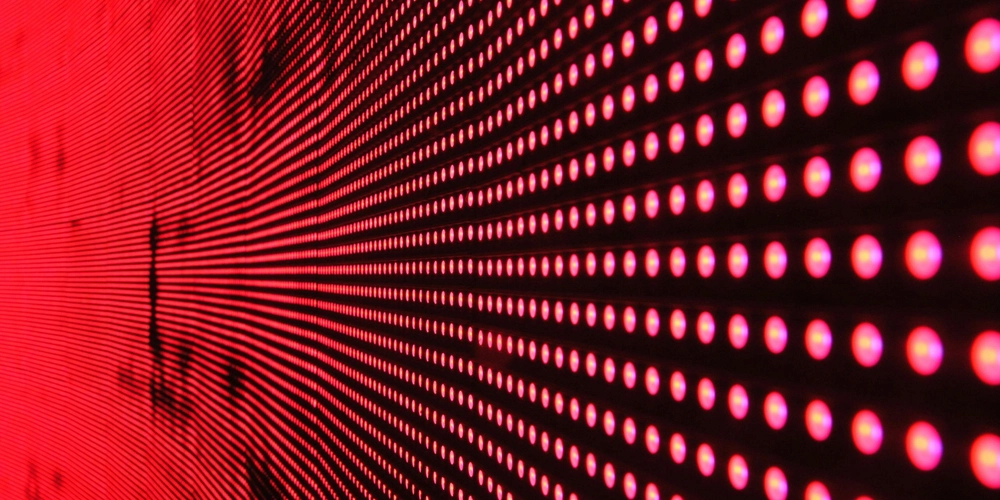Dive into 3D Gaussian Splatting: The Future of Real-Time 3D Rendering and Reconstruction
3D Gaussian Splatting is revolutionizing how we approach 3D modeling and rendering. This innovative technique blends the speed of traditional rendering with the quality of neural rendering, opening doors to real-time applications and breathtaking visual experiences. Let's explore how Gaussian Splatting is reshaping various fields and what makes it so powerful.
What is 3D Gaussian Splatting and Why Should You Care?
Imagine creating realistic 3D scenes in real time, perfect for augmented reality (AR), virtual reality (VR), and robotics. Gaussian Splatting makes this possible. It represents 3D scenes as a collection of tiny 3D Gaussians, which are like tiny, fuzzy ellipsoids. This approach allows for:
- Speed: Render scenes much faster than other neural rendering techniques.
- Realism: Achieve high-quality, photo-realistic results.
- Flexibility: Adapt to various applications, from scene reconstruction to avatar generation.
Key Applications of Gaussian Splatting: Where is it Being Used?
Gaussian Splatting is making waves across numerous industries. Its ability to quickly generate realistic 3D models makes it invaluable in several cutting-edge applications. Here's a look at some key areas:
- Augmented Reality (AR): Enhancing AR experiences with realistic 3D models that seamlessly blend with the real world.
- Virtual Reality (VR): Creating immersive VR environments that respond in real time to user interaction.
- Robotics: Enabling robots to perceive and interact with their environment through accurate 3D scene understanding.
- Avatar Generation: Crafting realistic and animatable 3D avatars for virtual meetings, games, and personalized experiences.
- SLAM (Simultaneous Localization and Mapping): Powering SLAM algorithms for robots and autonomous vehicles.
The Core Technologies Behind 3D Gaussian Splatting
Several factors contribute to the effectiveness of 3D Gaussian Splatting, including:
- 3D Gaussians: These ellipsoids represent the scene's geometry and appearance, allowing for efficient rendering.
- Differentiable Rendering: This feature allows optimization of the Gaussians via gradient descent, crucial for refining scene representation.
- Real-Time Rendering: Optimized algorithms make it possible to render complex scenes in real time.
- Neural Rendering: Integrates neural networks, which learn to predict the appearance of a scene from different viewpoints.
Diving Deeper: Exploring the Research Landscape
The field of Gaussian Splatting is rapidly evolving, with new research emerging constantly. Here are some key areas of investigation:
- Acceleration Techniques: Research focuses on further improving the rendering speed of Gaussian Splatting.
- Dynamic Scene Handling: Developing methods to accurately represent and render dynamic scenes with moving objects.
- Model Compression: Optimizing the size of Gaussian Splatting models for easier storage and deployment.
- Quality Enhancement: Improving the visual fidelity and realism of rendered scenes.
Must-Read Gaussian Splatting Papers and Resources
Want to delve deeper into the world of 3D Gaussian Splatting? Here are some key research areas with associated techniques:
- 3D Gaussian Splatting Surveys: These papers provide comprehensive overviews of the field and its latest advancements.
- Acceleration: SC-OmniGS and other research streamlines the process.
- Applications: AuraFusion360 showcases the technology in inpainting.
- Avatar Generation: EmoTalkingGaussian show cases continuous emotion-conditioned talking head synthesis.
How to Get Started with Gaussian Splatting
Eager to try your hand at 3D Gaussian Splatting? Here are some steps to get you started:
- Explore Open Source Projects: Experiment with available codebases to get practical experience.
- Follow Tutorials and Blogs: Learn from experts and stay updated on the latest techniques.
- Dive into Research Papers: Understand the underlying principles and explore advanced concepts.
- Experiment with Different Applications: Explore the use of Gaussian Splatting in AR/VR, robotics, and avatar creation.
The Future is 3D: What's Next for Gaussian Splatting
3D Gaussian Splatting is not just a fleeting trend; it's a fundamental advancement in 3D rendering. As research continues, we can expect:
- Wider Adoption: More industries will leverage Gaussian Splatting for its speed and realism.
- Improved Performance: Further optimizations will enable even faster and more efficient rendering.
- New Applications: Novel uses will emerge as the technology matures and becomes more accessible.
The future of 3D rendering is here, and it's splatting its way into our digital lives. Dive in and explore the endless possibilities of this groundbreaking technology!
